Introduction In complex automation and control systems, stability and accuracy are the key to successful operation. ABB's MEM86-3*192 R3R1R3 memory board is designed for high-performance storage needs in industrial control systems, providing excellent data integrity and system compatibility. This article will deeply analyze the technical advantages, application scenarios and long-term value of this module in industrial control. Memory performance to meet high demands MEM86-3*192 R3R1R3 is a high-reliability memory module in ABB automation systems. Its triple redundant structure (R3R1R3) significantly improves the system's fault tolerance, allowing critical tasks to remain stable when encountering memory failures. The module uses high-speed SRAM and has an error detection and correction mechanism (EDC), which can correct data errors in real time, greatly reducing the risk of data loss or failure. Real-time diagnostic capabilities help companies implement predictive maintenance and reduce unexpected equipment downtime. In addition, the memory board architecture is fully compatible with ABB's Symphony Plus system and other modular automation platforms, supporting smooth upgrades and expansions of the system and improving the overall life cycle value. Industrial-grade durable design and environmental adaptability Facing the harsh environment of industrial sites, MEM86-3*192 R3R1R3 uses high-grade industrial materials, has good vibration resistance, anti-electromagnetic interference performance, and can adapt to extreme temperature conditions. The module has a wide operating temperature range and can operate normally between -25°C and +70°C, suitable for various industrial scenarios indoors and outdoors. Its circuit board uses a moisture-proof and anti-corrosion coating to resist dust and gas corrosion in harsh environments and extend its service life. In addition, the module has good electromagnetic compatibility and circuit protection functions, suitable for long-term operation in high-interference places (such as substations and heavy-duty factories). Rapid integration and full life cycle support MEM86-3*192 R3R1R3 supports plug-and-play, which is convenient for quick replacement or deployment during system operation. Its backwards-compatible design allows upgrades in existing systems without replacing the overall control platform. ABB provides full lifecycle support, including firmware updates, diagnostic tools and technical documentation to help users maximize module performance. Combined with ABB's automated asset management system, remote monitoring and performance evaluation can also be achieved. In addition, its modular design supports high-density integration, which is particularly suitable for scenarios with limited control cabinet space, such as DCS control nodes. Conclusion ABB MEM86-3192 R3R1R3 memory board integrates high stability, system compatibility and industrial-grade durability, and has advanced error ...
Read More
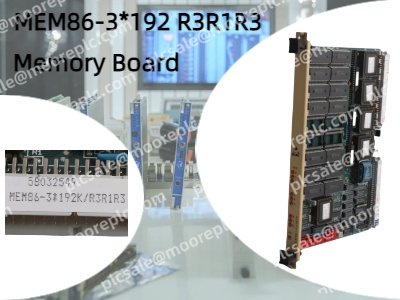
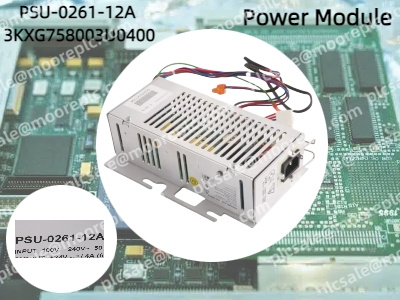
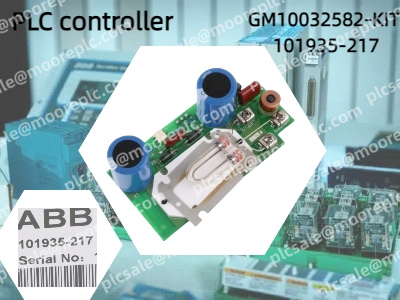
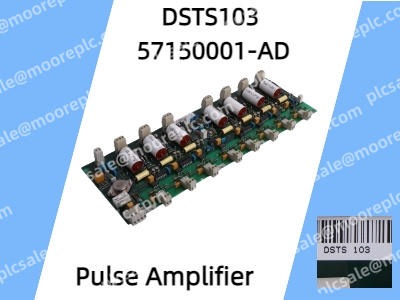
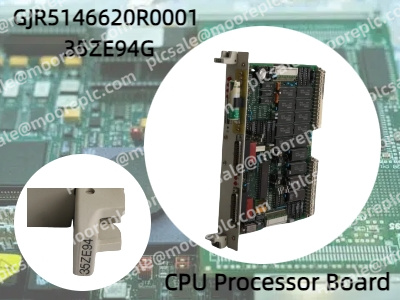
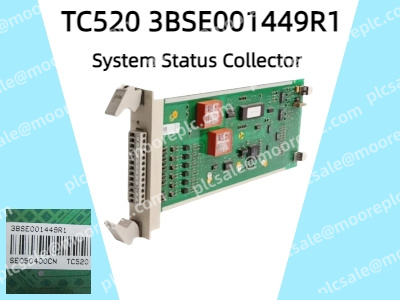
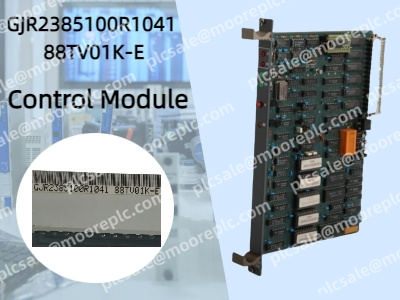
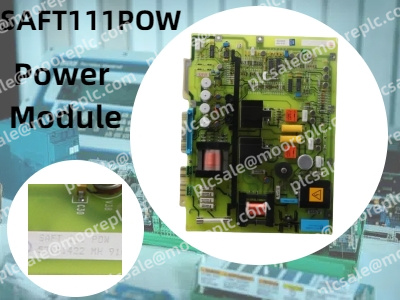

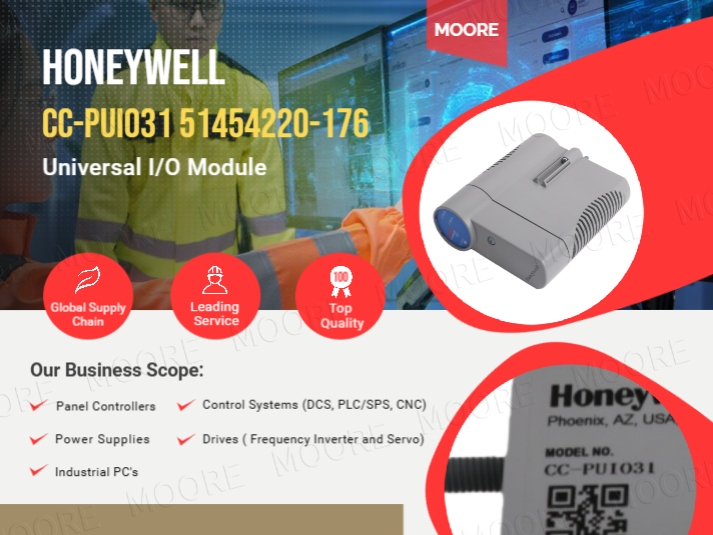
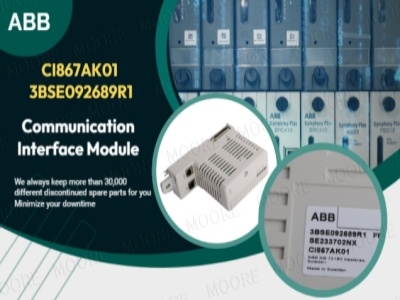
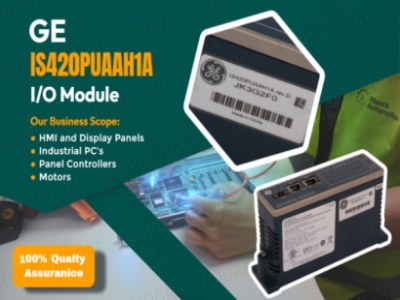












 IPv6 network supported
IPv6 network supported